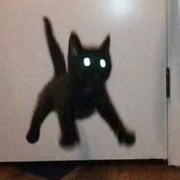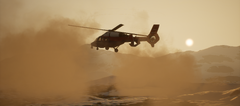- 0 replies
- 921 views
- Add Reply
- 4 replies
- 1,371 views
- Add Reply
- 11 replies
- 2,366 views
- Add Reply
- 29 replies
- 6,378 views
- Add Reply
- 1 reply
- 1,849 views
- Add Reply
- 0 replies
- 1,753 views
- Add Reply
Four Russian strategic bombers complete patrol in Far East

By Erik,
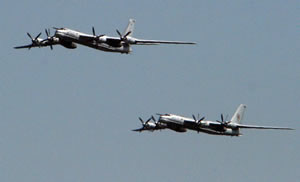

Four Russian strategic bombers complete patrol in Far East
RIA Novosti - by Ivan Rudnev -- 18:23 16/09/2010
Four Russian Tu-95MS Bear H strategic bombers have successfully completed an air-patrol mission in Russia's Far East, a Defense Ministry spokesman said on Thursday. The mission, spanning neutral water areas in the Sea of Japan, the Pacific and the Arctic Ocean, lasted around 14 hours, Vladimir Drik said.
He did not specify whether the planes flew in formation or separately
RAF under fire as battle for shrinking defence budget turns vicious

By Erik,
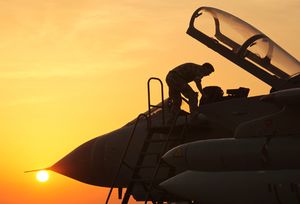

RAF under fire as battle for shrinking defence budget turns vicious
The Independent -- by Kim Sengupta, Defence Editor -- Tuesday, 14 September 2010
The official start of commemorations of the 70th anniversary of the Battle of Britain yesterday was an occasion of poignancy and pride with the Prime Minister meeting the pilots who saved Britain in her darkest hour. But even as the celebrations got under way the RAF faces a struggle for survival in the face of savage military cuts.
Lockheed in $424 Million F-35 Pentagon Contract

By Fates,
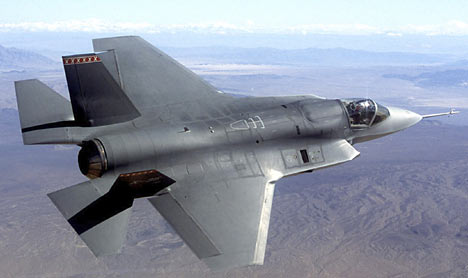

WASHINGTON (Reuters) - Lockheed Martin Corp is getting a $424 million U.S. contract modification for advance purchases tied to the next batch of F-35 fighter jets, the Pentagon said on Thursday, even as a much bigger deal for the aircraft themselves remains under negotiation.
The radar-evading warplane is the U.S. military's biggest acquisition program, projected to cost up to $382 billion for 2,457 aircraft through 2036.
The add-on combines purchases for the U.S. Navy ($62 million; 15
U.S. Air Force to Work on First New Bomber Since B-2

By Fates,


Sept. 14 -- The U.S. Air Force expects to start working on a new bomber in the next budget, the first such warplane since Northrop Grumman Corp.’s B-2 Spirit was developed almost three decades ago.
“It’s my conviction that the nation benefits from a long- range strike capability,” General Norton Schwartz, chief of staff for the Air Force, said today at the annual Air & Space Conference in National Harbor, Maryland.
The service plans to keep using its B-2, B-1 and B-52 bombers while
EADS North America KC-45 demonstrates critical Air Force aerial refueling requirement

By Fates,


Arlington, Virginia, September 14, 2010 – EADS North America announced today that the company has demonstrated, in flight, that its offering in the KC-X tanker competition fully satisfies the U.S. Air Force requirement for high fuel offload rate via the refueling boom system – the only tanker in the competition to do so.
“Our tanker has proven that it can refuel other aircraft at a rate of 1,200 gallons per minute, which is a critical requirement the Air Force has set forth for its tanker,”
Saudi Arms Deal Advances

By Erik,
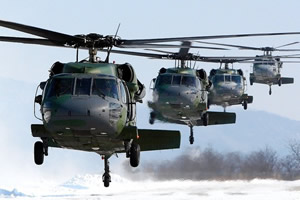

Saudi Arms Deal Advances
White House to Notify Congress Soon of $60 Billion Package, Largest Ever for U.S.
Source: The Wall Street Journal -- By ADAM ENTOUS
The Obama administration is set to notify Congress of plans to offer advanced aircraft to Saudi Arabia worth up to $60 billion, the largest U.S. arms deal ever, and is in talks with the kingdom about potential naval and missile-defense upgrades that could be worth tens of billions of dollars more.
The administration plans to to



